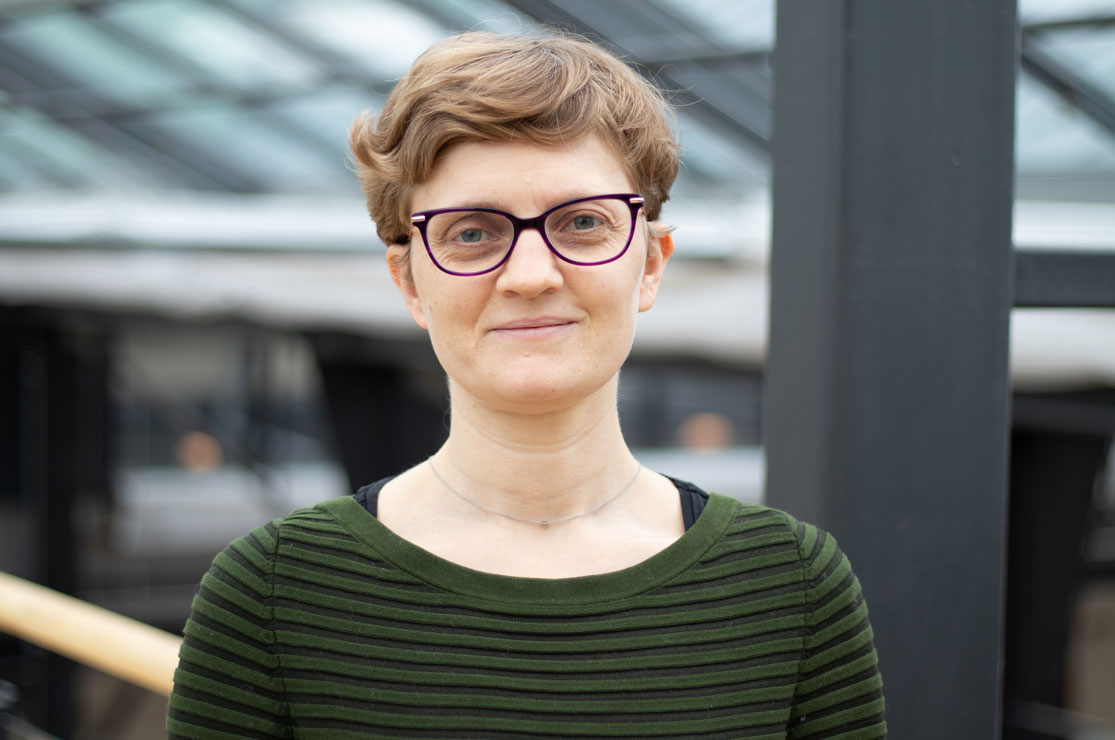How to Navigate as a Leader of Collaborative Innovation

When a group of people from different organizations come together in order to explore new possibilities or to develop new products, services or business solutions, they enter into the process of collaborative innovation. Though the level of motivation is usually high, so is the level of uncertainty. This makes leading this kind of work a challenge. By studying two ongoing collaborative innovation processes, the KIVI project has developed theoretical knowledge as well as practical tools.
“Researchers sometimes portray collaborative innovation as about organizations agreeing to work together and then they just getting on and delivering it. Of course, what we’ve learned over the two years of the KIVI project is that it doesn’t happen like that. People have lots of great ideas for what they want to do together, but it really takes some careful coordination to take those ideas and actually make them happen. We’ve looked into what this type of coordination involves,” says Jane Webb, doctoral candidate at the Department of Technology Management and Economics at Chalmers University of Technology.
Jane Webb and her colleague, Professor Susanne Ollila, have used an action research approach when exploring the collaborative innovation processes in two Gothenburg-based cases; ElectriCity and Positive Footprint Housing. The method involves researchers and practitioners working closely together. In the KIVI project, the researchers worked with the coordinators of the two project cases, as well as Johanneberg Science Park, Riksbyggen and Volvo.
“It has been a total luxury to work so closely with the practitioners and to learn together with them,” says Jane Webb. “Both cases are fundamentally about very different organizations coming together and not totally knowing why they are coming together and what to expect from the other organizations. They are very explorative partnerships, but with a strong idea that they want to work together and that something great is going to come out of collaborating. The leadership challenge is then to help all these different people understand the scope of what this partnership is about and to lead them through the uncertainty so that they develop activities that benefit them and their organizations.”
While the practitioners have developed a set of practical tools, Jane Webb and Susanne Ollila have identified three ‘spaces’ within collaborative innovation characterized by very different relationships between organizations; the learning space, the delivery space and the member organizations’ space.
The first aspect represents the initial explorative part of a collaborative innovation process where people come together as peers and equals and engage in a mutual learning. The second aspect has to do with the delivery phase, that has more in common with regular project management, but this time involves multiple organizations in joint activities. The third and final aspect relates to what the different organizations bring with them into collaborative innovation - how they organize internally to resource participation in the setting of collaborative innovation, different set of norms, roles and responsibilities as well as different goals.
“The message is to understand that there are very different types of relationships within a setting of collaborative innovation. As a leader you need to think carefully about the purpose of different meetings or different groups – is it about learning from one another or are we in a delivery phase where we need to make clear who is driving what activity? It is important to understand that this process is going to feel quite different from delivering projects and getting on with work in your own organization. Collaborative innovation requires much more effort to really find out who wants to be involved and that they then live up to all the different expectations that others place on them.”
The KIVI-project is a collaboration led by Johanneberg Science Parkand financed by Vinnova, with partners Chalmers University of Technology, Ecoplan, Riksbyggenand Volvo. It was carried out between 2016 and 2019. During its final seminar on April 11, 2019 the theoretical study as well as the practical tools will be presented.
For more information, contact:
Björn Westling, Director of SME Relations
+46 708 75 48 63 bjorn.westling@johannebergsciencepark.com LinkedIn